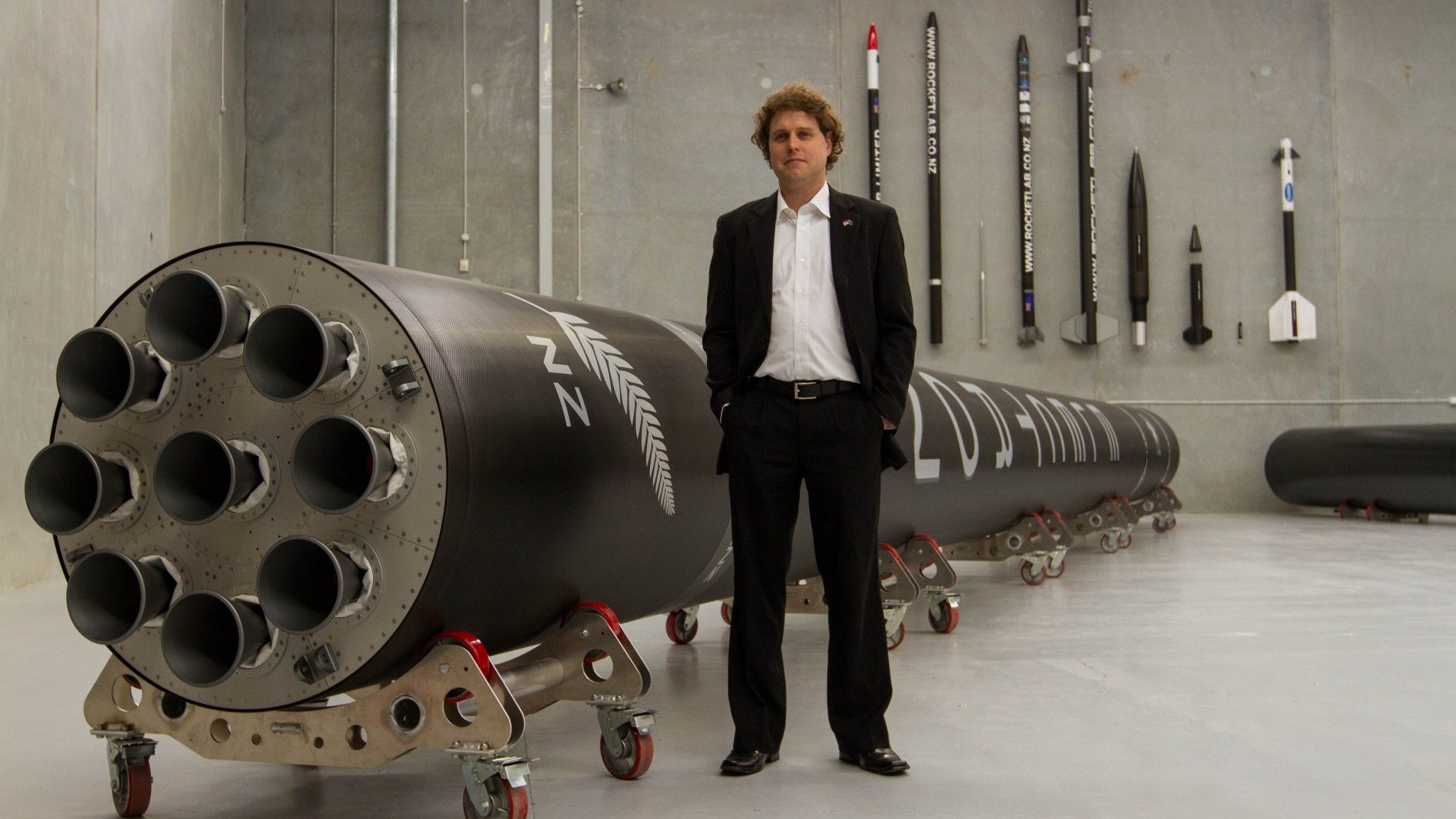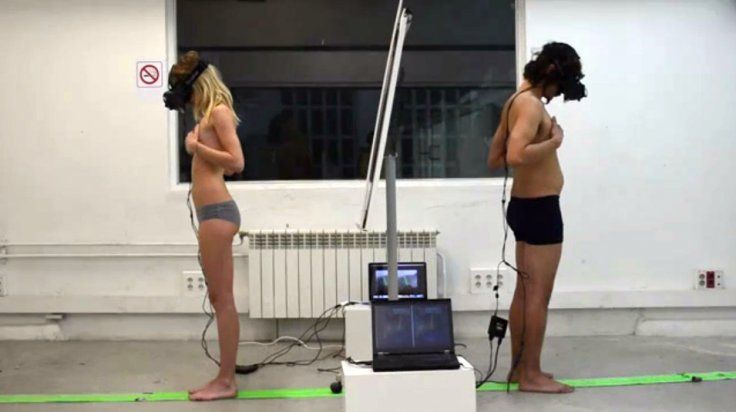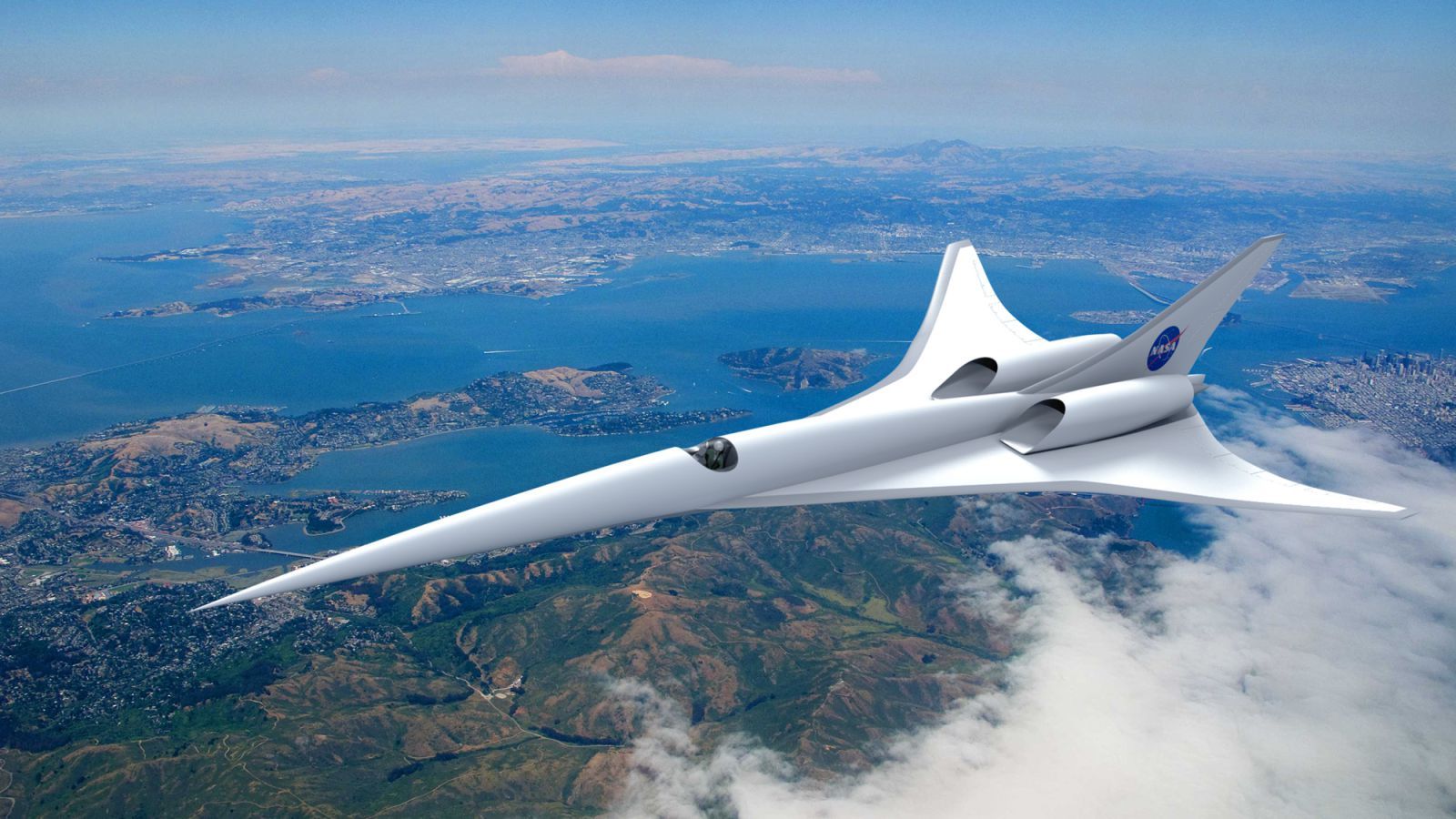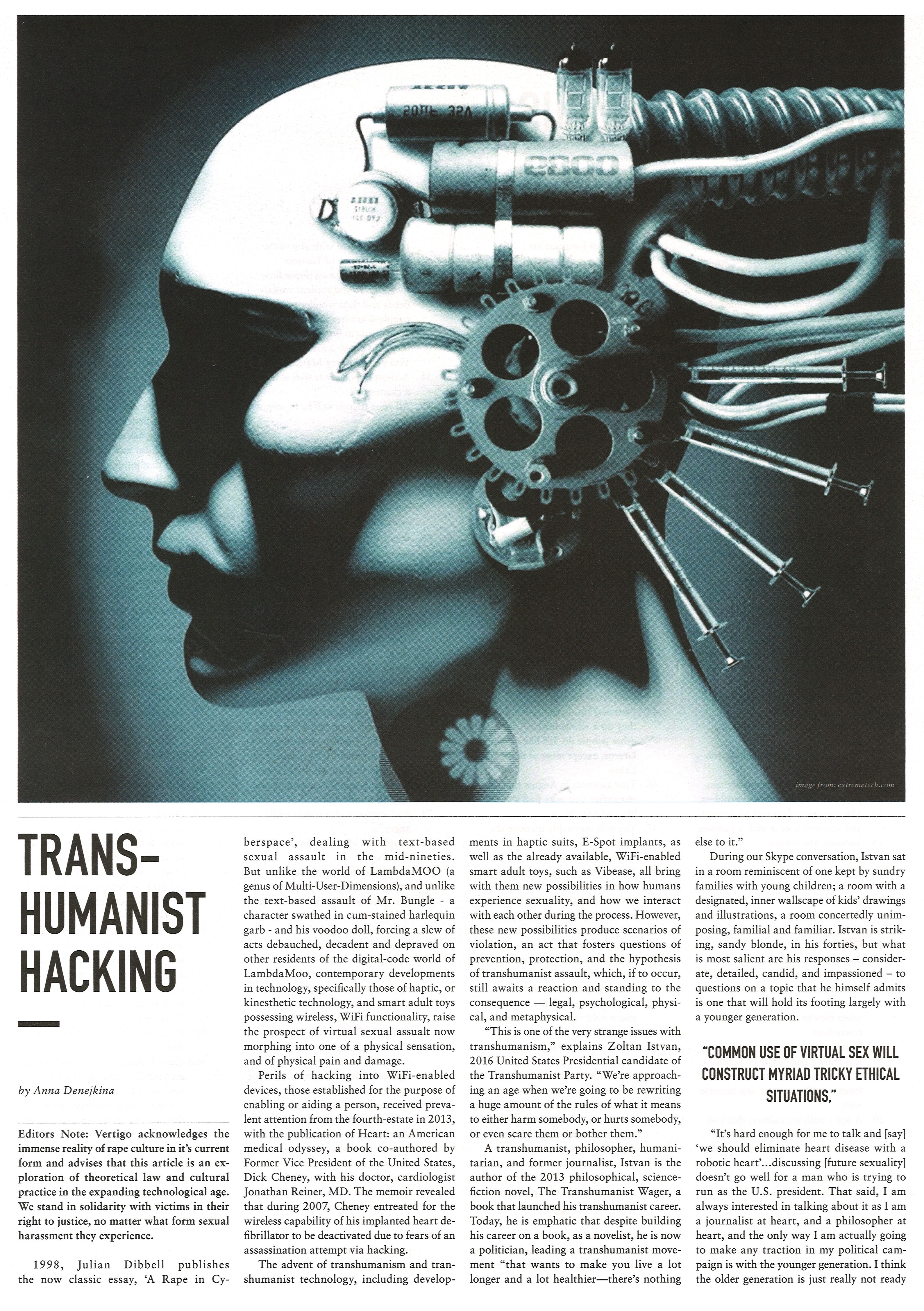My latest article for Vice Motherboard. It’s about consciousness and a so-called ‘Turing Test’ that superintelligence might one day use on humans:
Page 12118
Jun 9, 2015
World’s first biolimb … By Akshat Rathi | Quartz
Posted by Odette Bohr Dienel in categories: biological, biotech/medical, DNA, education, ethics, futurism, genetics, hacking, hardware, health

The idea is simple. First, they take an arm from a dead rat and put it through a process of decellularization using detergents. This leaves behind a white scaffold. The scaffold is key because no artificial reconstructions come close to replicating the intricacies of a natural one.
Jun 9, 2015
3D printing just made space travel cheaper — Nyshka Chandran MSNBC
Posted by Seb in categories: 3D printing, disruptive technology, space, space travel

Companies looking to launch satellites into space typically spend anywhere from $10–50 million per launch but thanks to 3D printing, those costs are set to drop in a big way.
For $4.9 million, businesses can use RocketLab to send small satellites into orbit. The firm’s engine, called the Rutherford, is powered by an electric motor and is the first oxygen and hydrocarbon engine to use 3D printing for all its primary components. The New Zealand company is set to begin test flights this year and aims to launch weekly commercial operations next year. Read more
Jun 8, 2015
Virtual reality rape: Transhumanists highlight ethical issues arising from new technology
Posted by Zoltan Istvan in categories: futurism, transhumanism, virtual reality
Jun 8, 2015
How textiles repeatedly revolutionised human technology — Virginia Postrel | AEON
Posted by Seb in category: materials
“The story of technology is in fact the story of textiles. From the most ancient times to the present, so too is the story of economic development and global trade. The origins of chemistry lie in the colouring and finishing of cloth. The textile business funded the Italian Renaissance and the Mughal Empire; it left us double-entry bookkeeping and letters of credit, Michelangelo’s David and the Taj Mahal. As much as spices or gold, the quest for fabrics and dyestuffs drew sailors across strange seas. In ways both subtle and obvious, textiles made our world.” Read more
Jun 8, 2015
‘We’re a long way from a singularity’ says ‘Ex Machina’ AI consultant — by Luke Westaway c/net
Posted by Seb in categories: robotics/AI, singularity

On-screen robots tend to rise up and crush their puny human masters with alarming regularity.
“I decided to log every single incidence of artificial intelligence or robots in the history of cinema,” Adam Rutherford, a British geneticist and author who served as AI consultant on the recent film “Ex Machina”, tells CNET’s Crave blog. “I think I calculated that 65 percent of them end up being a threat, and the rest of them are just servile.” Read more
Jun 8, 2015
NASA is investing in eco-friendly supersonic airplane travel — By Mike Murphy | Quartz
Posted by Odette Bohr Dienel in categories: business, environmental, government, science, sustainability
NASA said that if all goes to plan with these studies, it sees the first business-jet-sized supersonic planes going into production by 2025, and commercial planes by 2030.
Jun 7, 2015
CRISPR, the disruptor — Heidi Ledford | Nature
Posted by Seb in categories: biological, DNA, environmental

“Researchers are considering how CRISPR could or should be deployed on organisms in the wild. Much of the attention has focused on a method called gene drive, which can quickly sweep an edited gene through a population. The work is at an early stage, but such a technique could be used to wipe out disease-carrying mosquitoes or ticks, eliminate invasive plants or eradicate herbicide resistance in pigweed, which plagues some US farmers.” Read more
An interesting story on transhumanism, virtual rape, and the thorny field of developing laws to protect people in virtual reality. This story first appeared in Australian print magazine Vertigo:
Jun 7, 2015
“Brainprints” Could Be Future Security ID — By Christopher Intagliata Scientific American
Posted by Seb in categories: encryption, neuroscience, security
Biometric technology was once the stuff of sci-fi—how many movies show someone having their hand or eye scanned to get entry into a secured facility? But today biometric tech can be found in millions of people’s pockets—as the fingerprint scanner on an iPhone.
Of course, fingerprint scanning isn’t foolproof. Hackers have stolen fingerprints from photos, and used fake prints to fool Apple’s touch ID. Plus, there’s always the brute force method, like the time a gang in Malaysia cut off a guy’s fingertip—with a machete—to interface with the fingerprint-recognition system on the victim’s Mercedes. Read more











